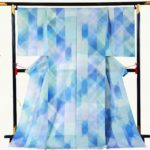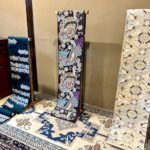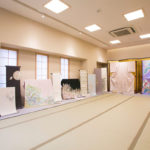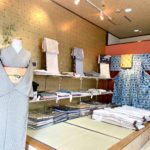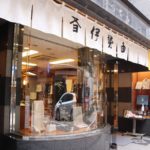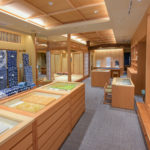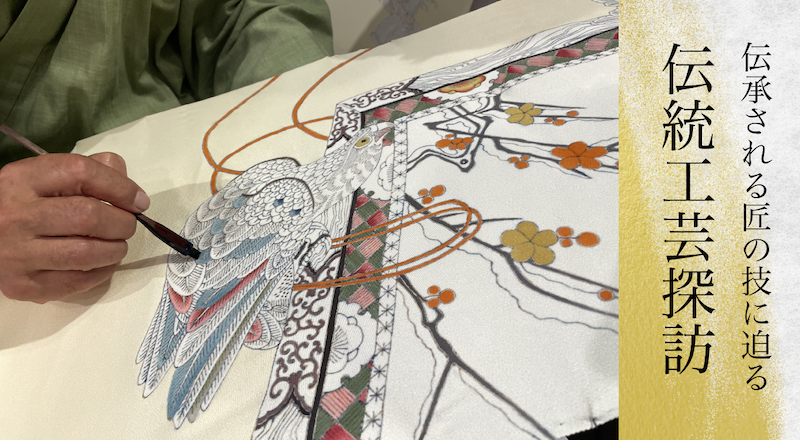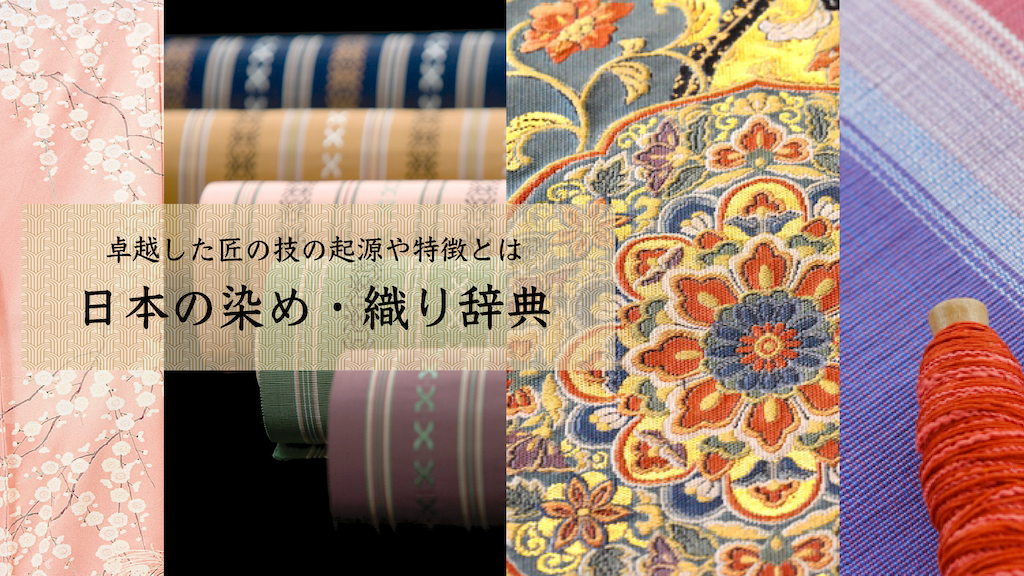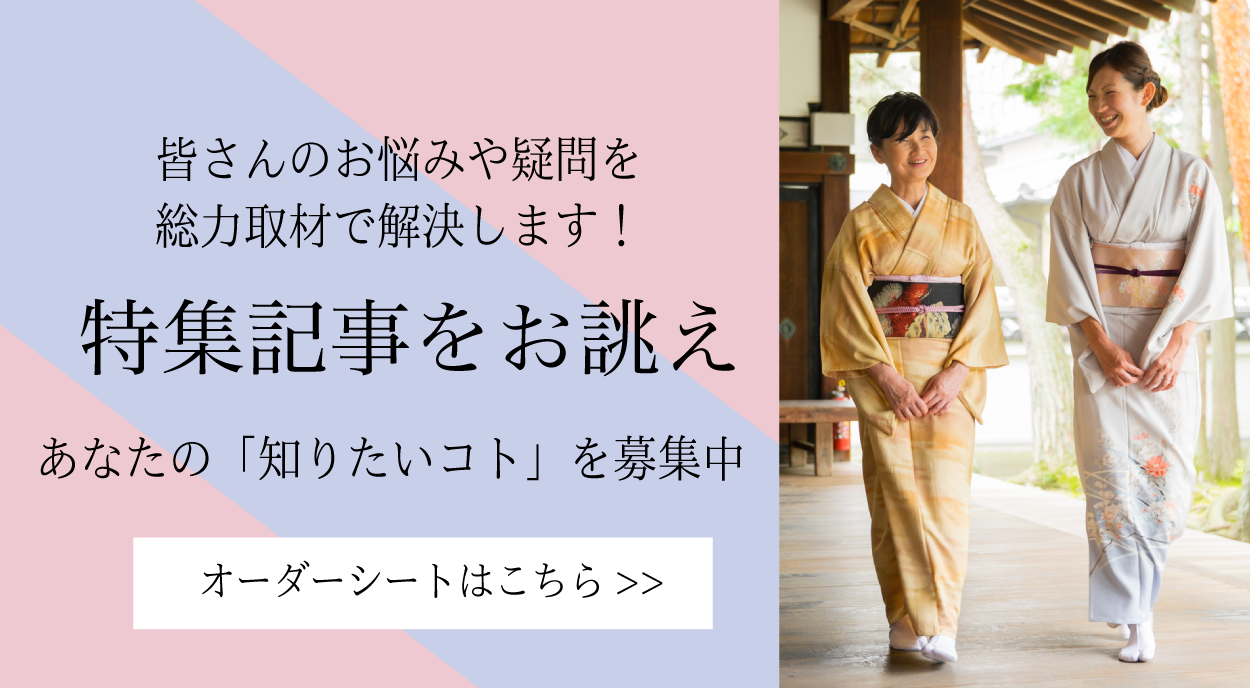京小紋
Pronunciation: Kyo-Komon
Production area: Kyoto City, Uji City, Kameoka City, Joyo City, Muko City, Kyoto Prefecture, and surrounding areas
Kyo-Komon refers to Komon (small-patterned dyed fabrics) produced with stencils, known for their elegant and graceful Kyoto style. The technique originated in the Edo period, evolving from the small-pattern dyeing used for samurai formal attire (kamishimo). By the 17th century, the method was well established. Because Komon-dyed hemp kamishimo became standard formalwear for samurai, the style later spread to townspeople, who adapted it into fashionable everyday wear. Initially, designs were mostly monochrome, but over time, colorful patterns developed, influenced by Yuzen dyeing. In Kyoto, this led to the unique evolution of Kyo-Komon, featuring refined, multi-colored motifs.

